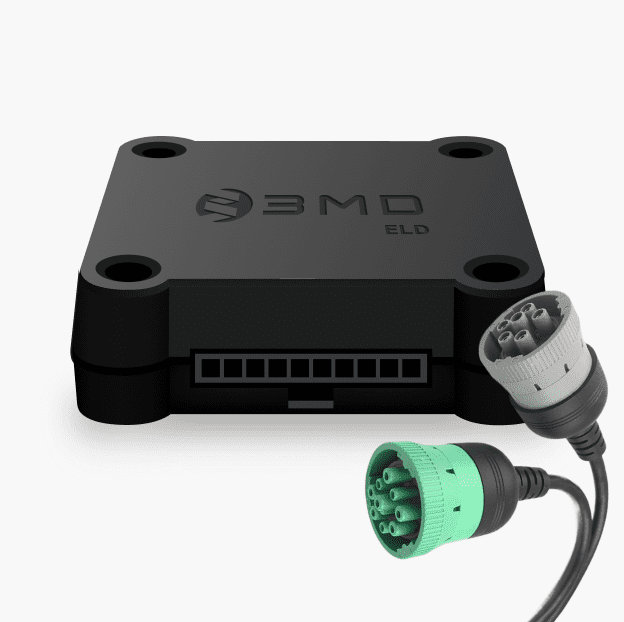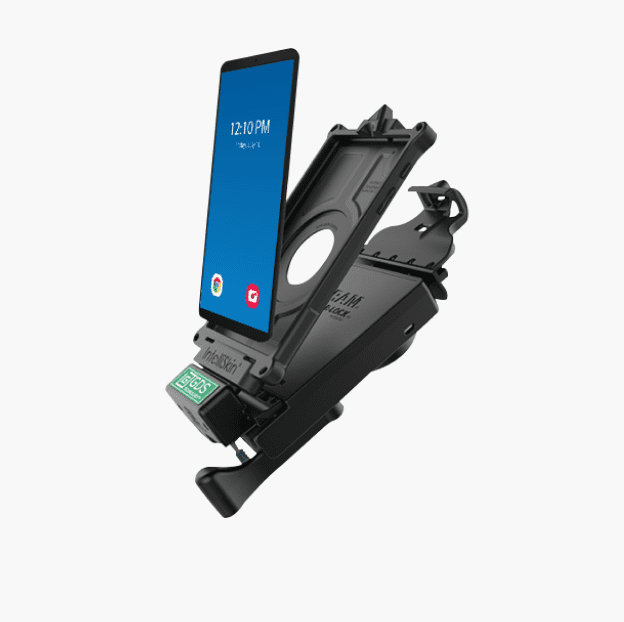DOT Compliance,
Simplified & Guaranteed
All-in-one compliance for fleets – from ELDs to drug testing and driver files, staying DOT compliant and audit-ready has never been easier.
Hours of Service of Drivers
49 CFR Part 395
Track driver Hours of Service with FMCSA-compliant ELDs that maintain tamper-proof logs and full edit history. Automate duty status changes, ensure inspection-ready records, and meet all device requirements under Part 395.
Hours of Service Compliance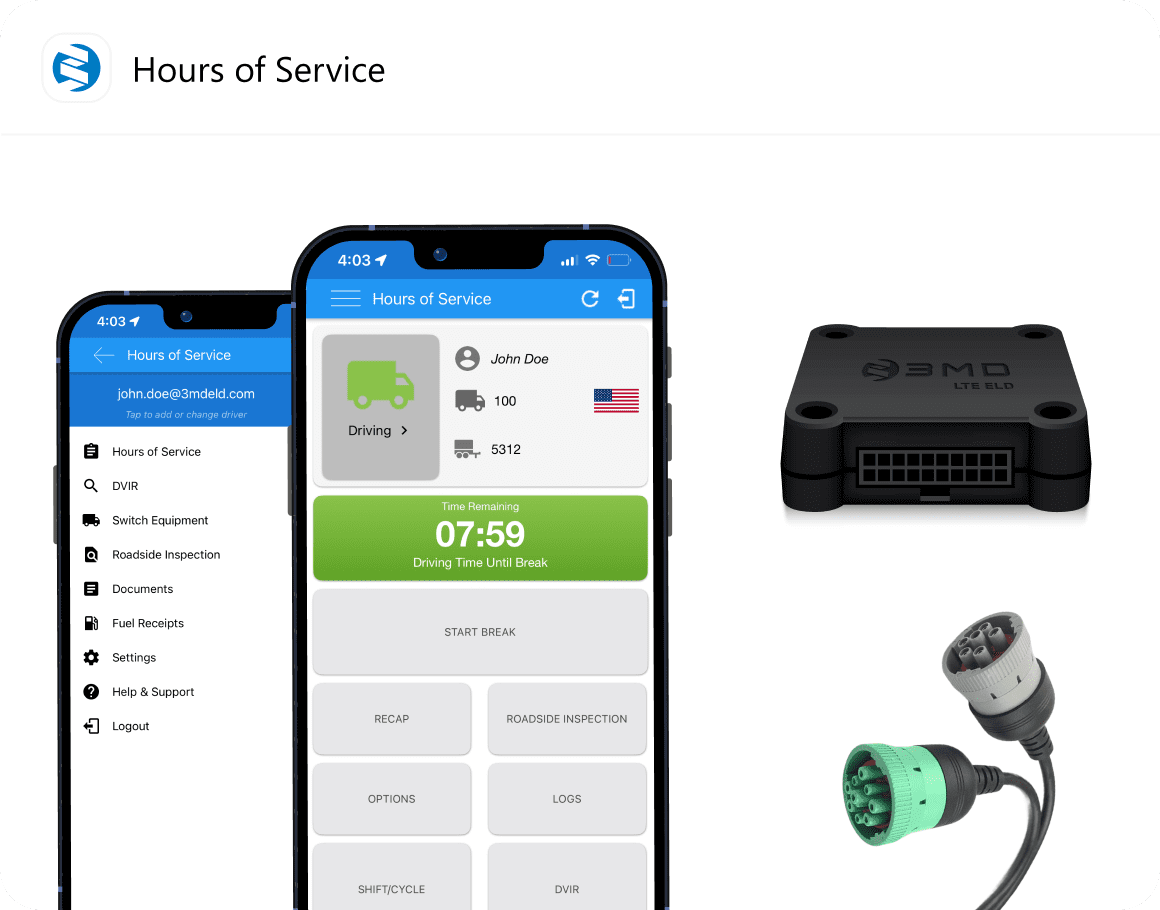
Driver Qualification Files
49 CFR Part 391
Maintain complete, audit-ready Driver Qualification Files with employment history, MVRs, medical certificates, safety performance records, and other required documentation to remain compliant with FMCSA regulations.
Driver Qualification Files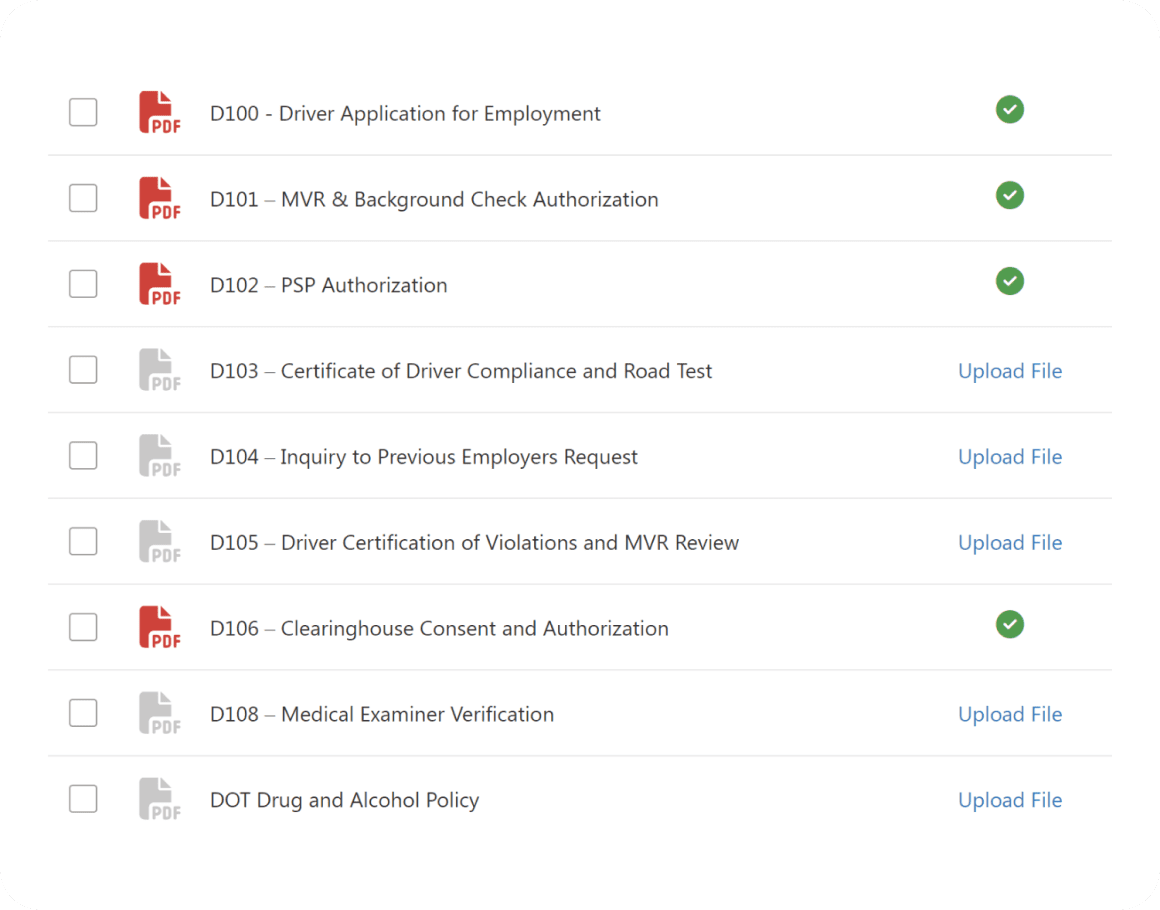
Drug & Alcohol Testing
49 CFR Part 382
Manage every aspect of DOT-required drug and alcohol testing, including pre-employment screening, random selection pools, post-accident testing, and ongoing consortium administration for full regulatory compliance.
Drug Consortium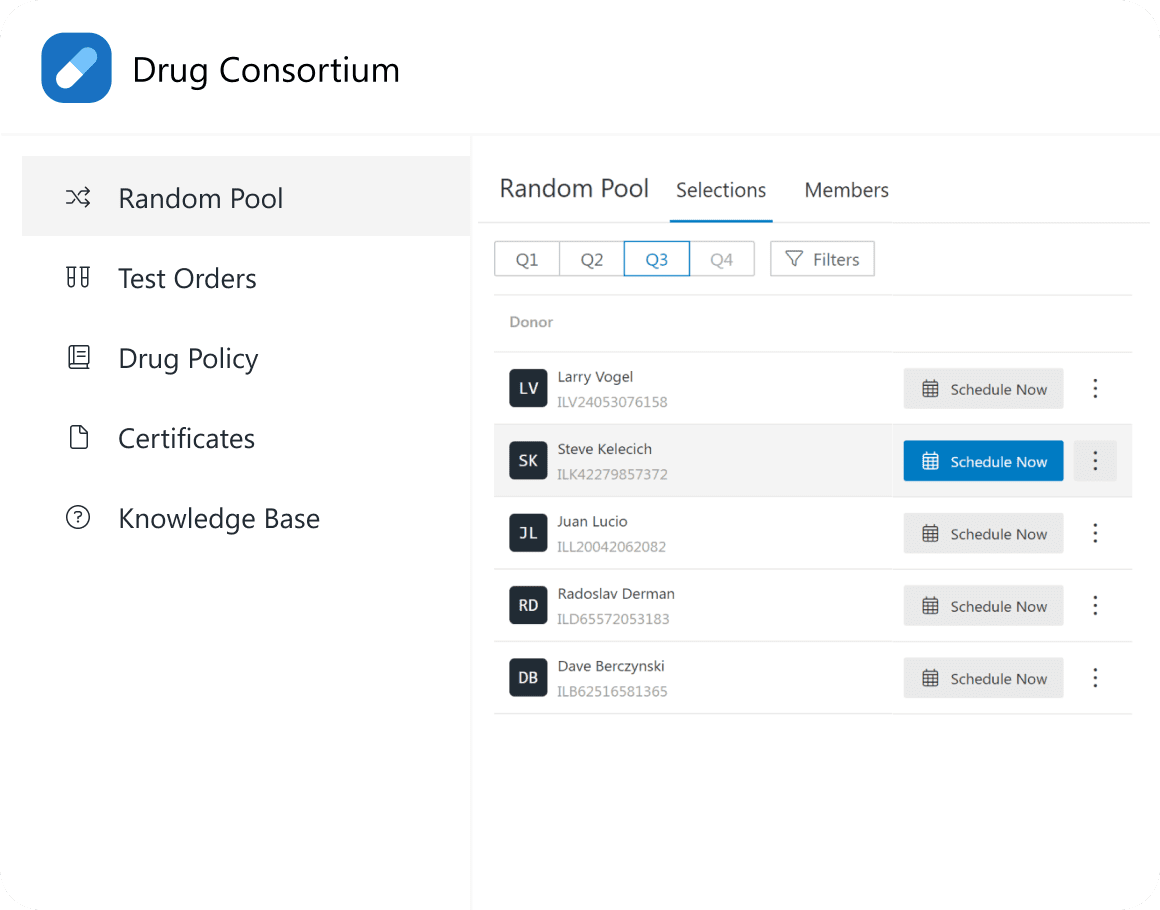
Vehicle Maintenance & Records
49 CFR Part 396
Schedule and track preventive maintenance, repairs, and inspections while maintaining detailed DVIRs and annual inspection records to meet FMCSA maintenance and recordkeeping requirements.
Maintenance
Accident Reporting & Recordkeeping
49 CFR Part 390
Document and retain all DOT-reportable accident records involving injury, towing, or fatalities, ensuring accurate reporting and compliance with FMCSA accident recordkeeping standards.
TMS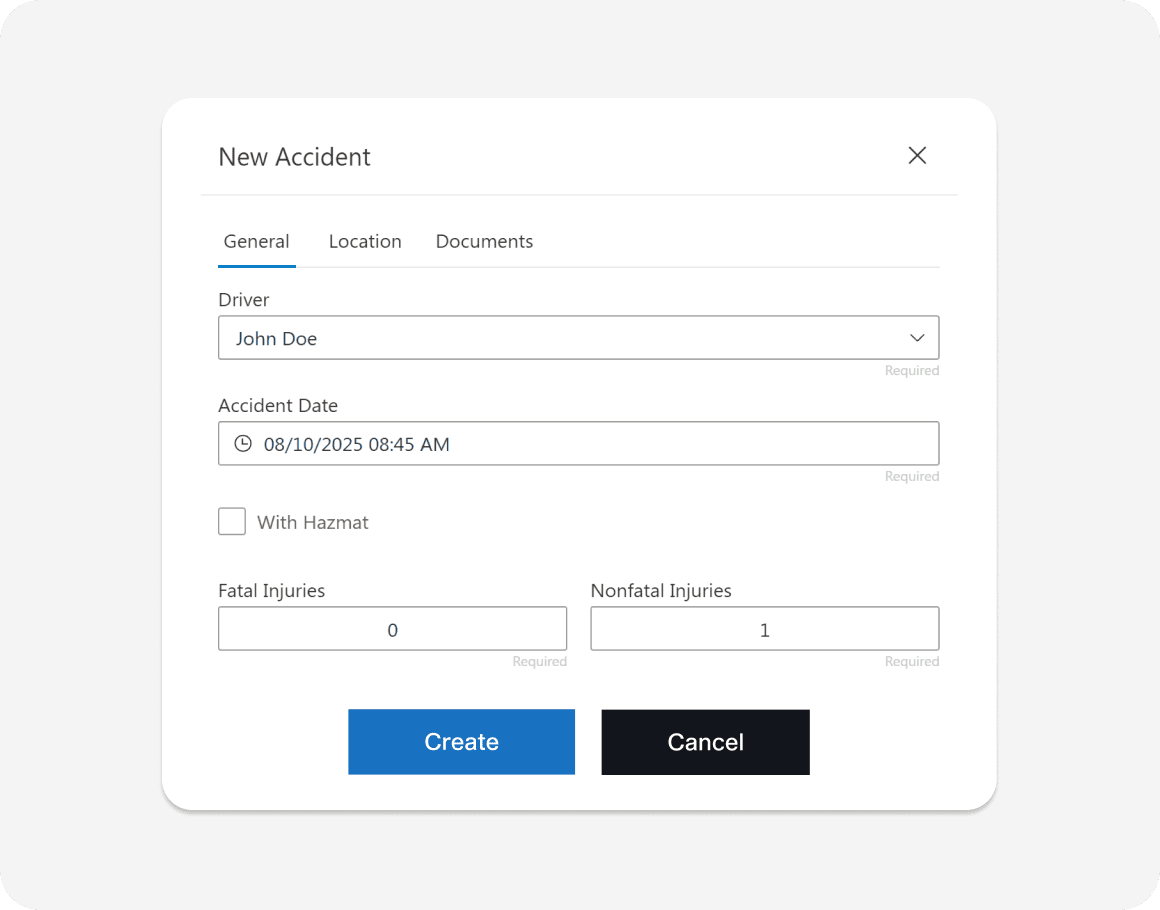
DOT-Compliant Hardware
FMCSA-approved ELDs, tablets, and mounts
– all you need for inspection-ready compliance.

